Rats, mice and moles controlled expertly. Petersfield areas
Phone
01730 818 499


Rodents and others
SWAT
Pest Control
Professional Pest Management
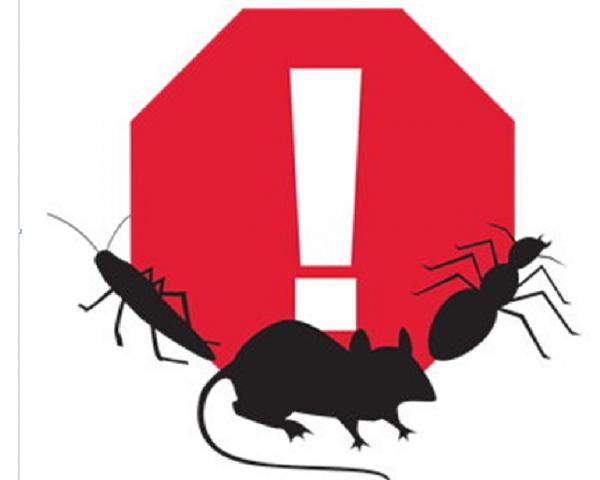
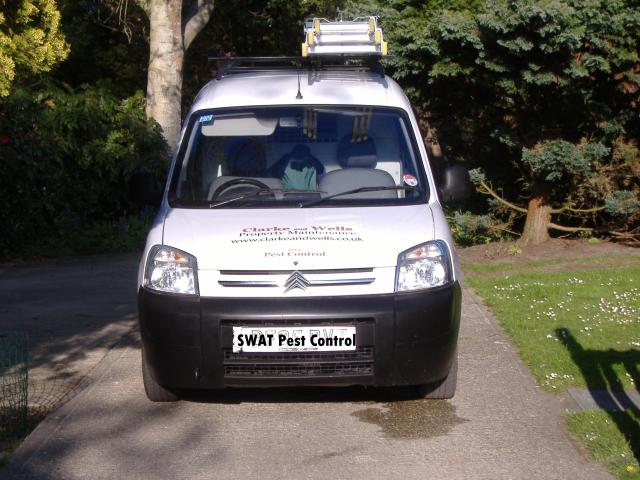
This page is for a basic outline and information only
Rats and Mice
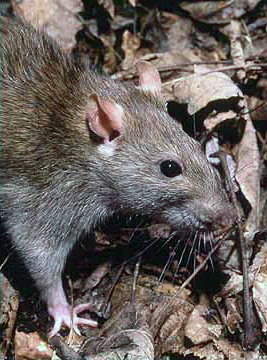
The common rat, sewer rat, Norway rat, brown rat, all refer to
"Rattus Norvegicus".
Rats and mice are probably among the most adaptable mammals associated with man.
They are referred to as commensal, literally meaning "From mans table". Rodent, from the Latin "Rodenta", means to gnaw. The classification of a rodent is specifically down to the teeth, that grow continually and the number of teeth.
That can be a whole page on its own and is not what we are trying to do with this page.
The common rat is omnivorous (eats anything), but prefers grain and cereal based products. When hungry, they will take eggs, small chicks and the young of most small animals including their own kind. They have adapted to live with man and take advantage of the way we live. Nice stores of food, even in the winter and shelter to raise a family.
The female can have up to 7 litters a year, with an average litter of 8, soon increases the population. The diseases associated with rats are many, but the most publicised is "Weils Disease" which can be a fatal in humans. Spread by rat urine, farm workers and livestock can be at a higher risk of contracting the disease.
Control - Traps, Poison, Gassing and Proofing.
The control of rats is a long term process, in most cases. Rats tend to be neo-phobic (Fear of new things), which makes it more difficult to introduce traps and feeding stations into their environment and be accepted. Some rats will "never" enter a trap or feed from a bait station, but thankfully most will start to accept new items as not being a threat. Eradication is not always possible, but control can bring infestations down to an acceptable level. Proofing, where possible, should always be carried out after the other control measures have been successful. Don't disturb their environment BEFORE treatment has proved successful.
The best chance of success, at the control of rats, is to have a pest controller implement an effective control programme. Moderate success can be achieved by the home-owner with proprietary products, but need to be aware of the consequences (and penalties) of poisoning and secondary poisoning of non-target species.
Mice, however, are not neo-phobic and explore readily. Mice are sporadic feeders, they will eat from many different locations and try different food stuffs. The mouse will seldom eat its fill at any one location, which is useful to know when baiting. Control is similar to that of rats, but if rats are present DO NOT set mouse traps. A rat can get caught in a mouse trap, but seldom be killed, leaving the poor rat to suffer a slow death by perhaps starvation, if the trap is over its head.
Control of any animal should be as swift and painless as possible.

Adult Rat
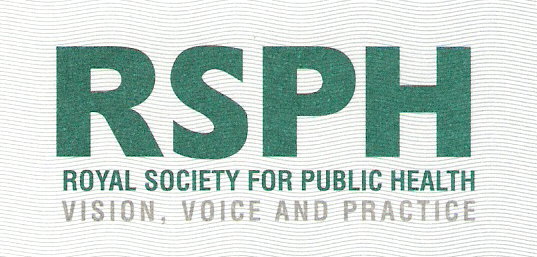
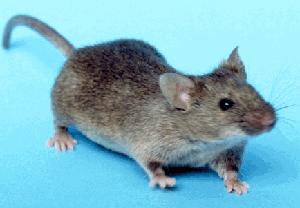
Common Mouse
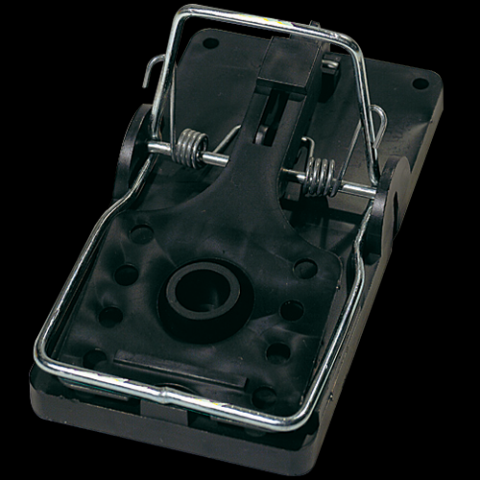
Typical modern Rat trap
Rabbits
Rabbits are not rodents, but are Largomorphs, as they have an extra pair of upper incisors behind their large first pair.
Rabbits are of little concern to the general public and often like to see them whilst walking in the countryside. On the other hand, if you own a golf course or other high quality amenity, the damage can be substantial. Damage to crops and market gardens can result in serious economic loss to farmers and growers. Trees and shrubs can also be killed or seriously damaged due to bark stripping. Land can be made seriously unsafe for horses. A horse galloping, across a field, can drop a hoof into a rabbit hole and easily break its leg.
Rabbits do not present man with any health issues, only financial problems.
Populations rise and fall with that of its natural predators and of course disease.
Control - If control is deemed necessary, various trapping options are available along with shooting, gassing and ferreting. Fencing is another option, but costly.
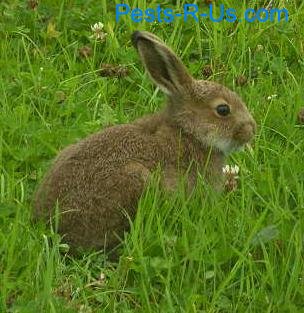
SWAT Pest Control
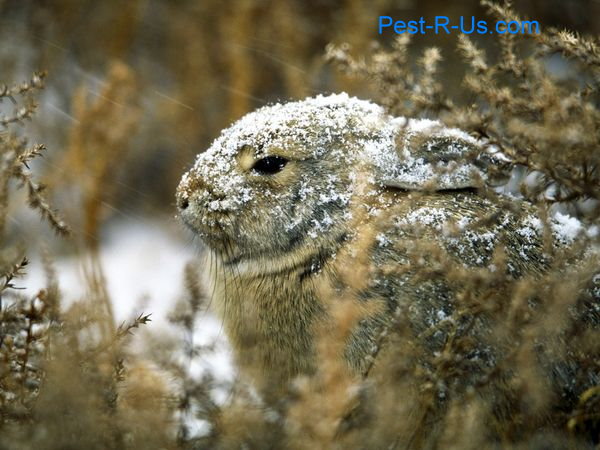
SWAT Pest Control
SWAT Pest Control
SWAT Pest Control
Grey Squirrels
The non-native grey squirrel is an invader from America, introduced in the late 1800s. Largely to blame for the decline in population of the red squirrel, but perhaps the decline in the natural woodland habitat is as much to blame as competition.
A serious pest for forestry land owners. Bark stripping can and does cost owners dearly. In the towns, the squirrel can cause damage to structures and wiring in lofts. They will readily take birds eggs and young from the nest.
Control - Trapping is the most effective method, but shooting and poisoniong are options. The controller must be aware of public views about squirrels, some think they are nice creatures to have around and will feed them. Other people will view them as "Rats with fluffy tails". So shooting a squirrel that is making one homeowner's life a misery, can be the same one that is being fed by a neighbour. Be discreet.
Moles
Probably more books have been written about the "Art" of mole catching than any other pest. Read one book, then read another and they will say different things, much like fishing. Suffice it to say we all have are own "rules" and myths about mole catching. Moles are really of only nuisance value to the average person. Farmers, on the other hand, can suffer financial losses due to mole hills in the fields, especially at harvest time.
Your nicely manicured lawn can be turned into a disaster area in a fairly short time, as can golf greens etc.
The maze of tunnels dug by the mole is to act as a trap for worms, which make up most of its diet. Moles only have one litter a year of up to 7 young. The rest of the time they tend to be rather insular and very territorial.
Control - Traps tend to be the most commonly used method, but gassing is also an option.
Mole hill
Polar Bears
There are often other solutions to the problem of infestations. Control involves many factors that must be considered, every situation is different as is every pest.
Knowledge is the key.
Based in the Petersfield area, we cover an average 10 miles radius for call outs, but we will help customers further afield.
Please don't hesitate to contact us for prompt service or advice.
01730 818 499
Perhaps not Polar Bears, but we can certainly sort out the rest of the beasties.
For homeowner tips please visit
our sister site pests-r-us.com
Management
Proofing
Control
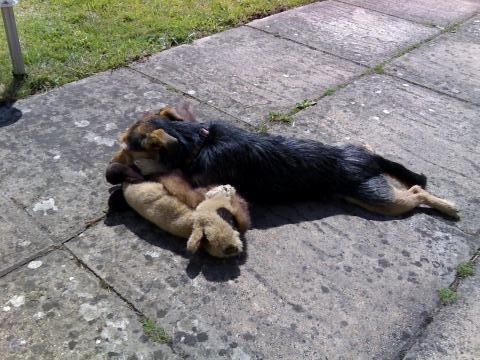
Organic Rat Trap
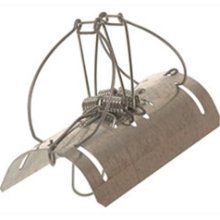
Tunnel trap, used for moles
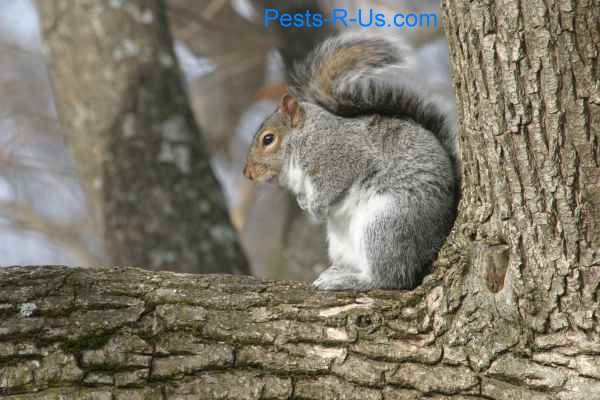
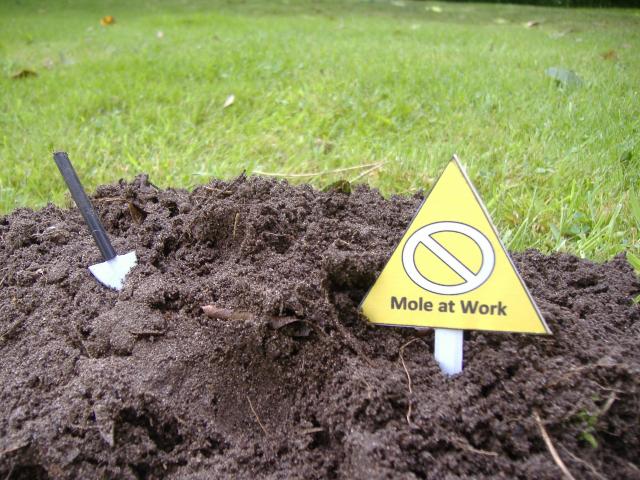
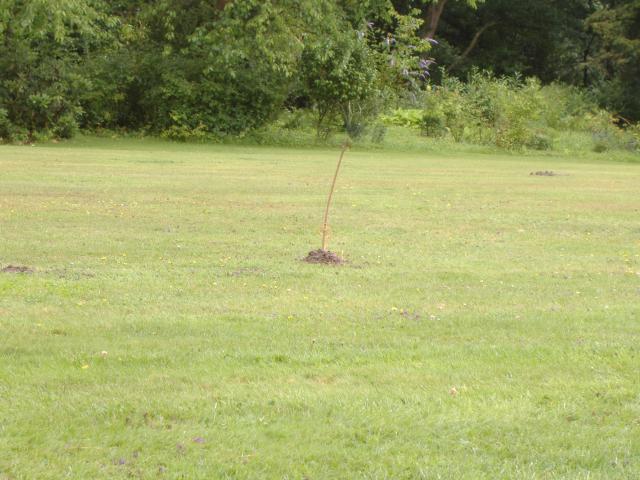
Mole traps set, with marker sticks
SWAT Pest Control
Rats, Mice and Moles expertly controlled in the Petersfield areas